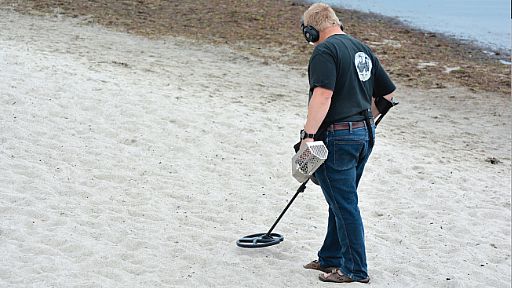
Latest post
Popular Posts

The Importance of Hiring a Reliable Accountant as a Small Business Owner (5851)
- G14 Clubs
- September 7, 2018

Tips for Finding the Most Suitable Venue for Your Corporate Event (5724)
- G14 Clubs
- September 30, 2018

The Importance Of Palm Tree Pruning (5338)
- G14 Clubs
- June 15, 2020

How to Organize a Sport Tournament (4748)
- G14 Clubs
- February 19, 2017

Different Types Of Massage Therapies (4521)
- G14 Clubs
- February 26, 2018
Category: Home & Garden
- Home
- Home & Garden
Popular Post

The Importance of Hiring a Reliable Accountant as a Small Business Owner (5851)
- G14 Clubs
- September 7, 2018

Tips for Finding the Most Suitable Venue for Your Corporate Event (5724)
- G14 Clubs
- September 30, 2018

The Importance Of Palm Tree Pruning (5338)
- G14 Clubs
- June 15, 2020

How to Organize a Sport Tournament (4748)
- G14 Clubs
- February 19, 2017

Different Types Of Massage Therapies (4521)
- G14 Clubs
- February 26, 2018
Newsletter
Weather
haze
20℃
humidity: 83%
wind: 1.54 km/h
-
25℃Wed
-
26℃Thu
-
27℃Fri
-
27℃Sat
-
27℃Sun
-
27℃Mon
-
27℃Tue











